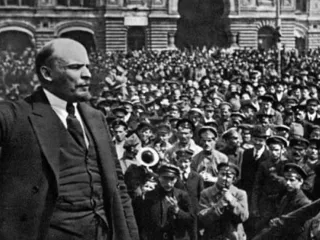February, the second month of the year in the Gregorian calendar, is unique for its brevity. It's the shortest month, typically containing 28 days, except during leap years when it boasts 29.
History and Origins:
February's origins trace back to ancient Rome. Originally, the Roman calendar had only 10 months, and February was the final month of the year. Its name, Februarius, is derived from the Roman festival of purification, Februa.
Significant Events and Traditions:
- Groundhog Day (February 2nd): A North American tradition where a groundhog's shadow is said to predict the arrival of spring.
- Valentine's Day (February 14th): A widely celebrated holiday associated with love and romance.
- Black History Month (February): Observed in many countries, it's a time to commemorate the achievements and contributions of Black people throughout history. (Note: Dates and observances vary by country.)
- Lunar New Year (often in February): A significant festival celebrated across many East and Southeast Asian cultures.
February's position in the calendar, its short length, and the significant holidays it hosts makes it a month rich in historical and cultural significance.
Leap Year:
The addition of a leap day (February 29th) every four years is a crucial element of the Gregorian calendar, correcting for the Earth's slightly longer than 365-day orbital period.
Learn more about leap years at Time and Date



















 (24)jpeg-1722421859875.jpeg.webp)














